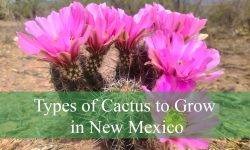In the world of flora, the Flowers That Start With ‘I’ contribute a symphony of colors and shapes. The Indian Hawthorn stands resilient with its circular, broadleaf evergreen structure, while the Iceland Poppy delicately unfolds its petals in the cool breeze.
The Indian Pipe, a unique presence, boasts a singular white flower, and the Indian Mallow adds a touch of elegance with its purple-tinged stems and singular yellow blossoms. Whether it’s the Indian Shot’s vibrant display or the perennial charm of the Impatiens, these Flowers That Start With ‘I’ blooms weave a tapestry of nature’s wonders in gardens around the world.
Even though these flowers are native to other parts of the world, you can easily grow them at home with the right care and attention. To find out everything there is to know about these flowers, read this article.
Different Types of Flowers That Start With I
Indian Pink (Spigelia marilandica)
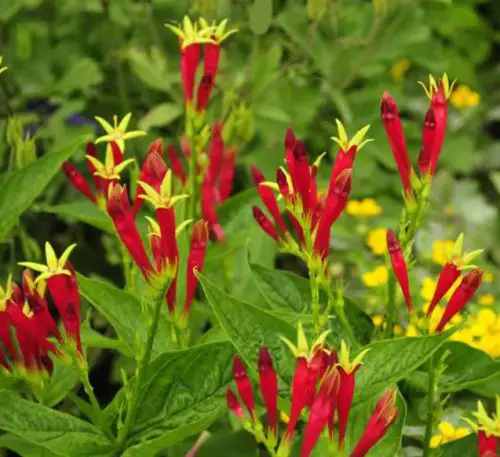
With vivid red, tube-shaped blossoms, the Indian Pink (Spigelia marilandica) is a captivating wildflower. A vibrant yellow center is revealed as each flower’s top narrows and unfurls into five tips. These flowers embellish the margins of rich, moist forests, growing in partly shaded woodlands with damp soil and partial sunlight. Plants in areas with more sunlight may require more watering.
Iris (Iris)
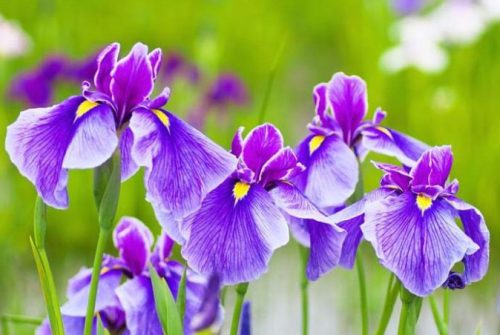
The iris has a distinctive shape and petals that are arranged in a fleur-de-lis pattern. While some petals gracefully descend, others ascend. The “standards” in the center rise conspicuously, drawing pollinators in. Irises can be blue, purple, yellow, white, pink, orange, or even brown or almost black in some cases. While they can make it with less, 6 to 8 hours of sunlight per day are necessary for optimal blooming.
Irish Moss (Sagina subulata)
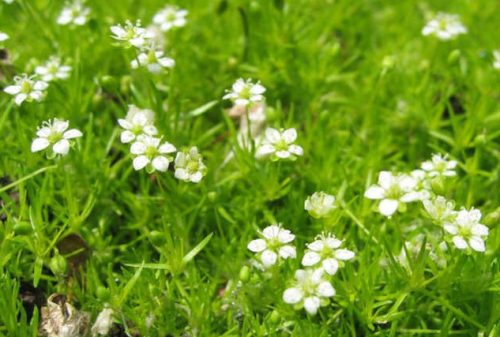
Succulent white daisy-like flowers and rich green foliage are characteristics of Irish moss (Sagina subulata). Thanks to its resistance to moderate foot traffic, it is perfect for walkway borders or between stepping stones. This plant needs consistently moist soil and well-drained soil to grow well, even in full or partial shade. It makes an excellent ground cover or choice for rock gardens or containers.
Italian Bugloss (Anchusa azurea)
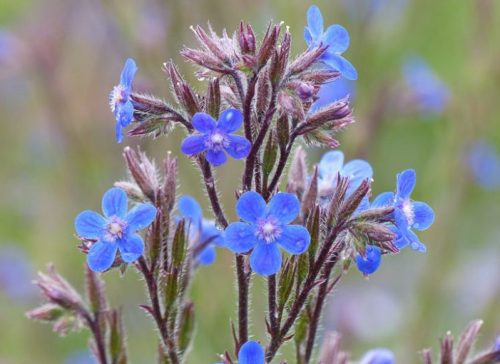
An intriguing option for lovers of blue flowers is Italian bugloss (Anchusa azurea). Clusters of vivid blue flowers that resemble forget-me-nots adorn this biennial or short-lived perennial. Amid deep green, fuzzy leaves, delicate blossoms perch on tall stalks. It grows well in heavy clay soil and thrives in full sun with some afternoon shade during the summer’s intense heat. Established plants can withstand dry spells even though they prefer moist, well-drained soil.
Italian Thistle (Carduus pycnocephalus)
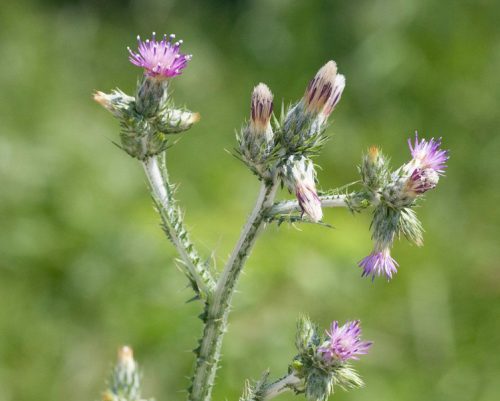
From February to July, the Italian thistle (Carduus pycnocephalus) displays its lovely blooms. They resemble bells or are cylindrical in shape and have less than an inch-diameter flower heads. They grow in clusters of two to five and crown the stems. In rich sunlight, 0.4 to 0.6 inch pink or purple flowers flourish. In order to prevent leaf deprivation, proper spacing is crucial in ensuring that every plant receives an equal amount of sunlight.
Indian Mustard (Brassica juncea)
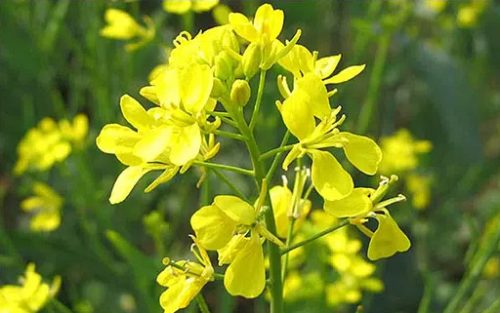
The herb known as Indian mustard (Brassica juncea) is thin and leafy, with yellow flowers on it. Leaves sometimes have larger end lobes and have jagged, lobed edges. Each of the two to twelve yellow flowers that make up the spike-like bundles have a diameter of about 0.3 inches. Maintain a pH below 6.0 to ensure thriving soil that is regularly moist.
Ironweed (Vernonia)
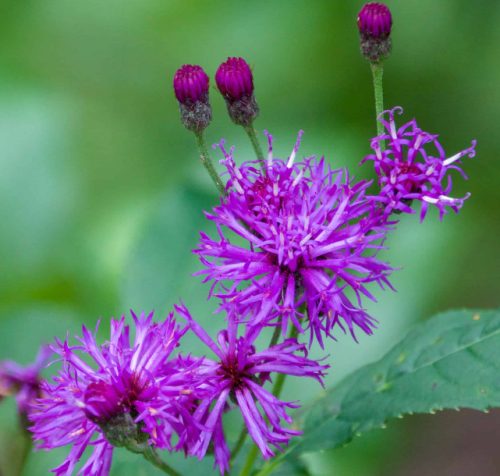
Reaching up to 8 feet in height, Ironweed (Vernonia) is a native perennial wildflower belonging to the Aster family. It’s low maintenance and self-spreads naturally, with deep purple blossoms that appear atop sturdy stems from mid-summer to mid-fall. If given enough sunlight, it can withstand average to wet conditions and thrive in soils that are moist, slightly acidic, and rich in nutrients. Perfect for fields, flower beds’ rear, rain gardens, country-style gardens, and areas near water features.
Indigo Bush (Amorpha fruticosa)
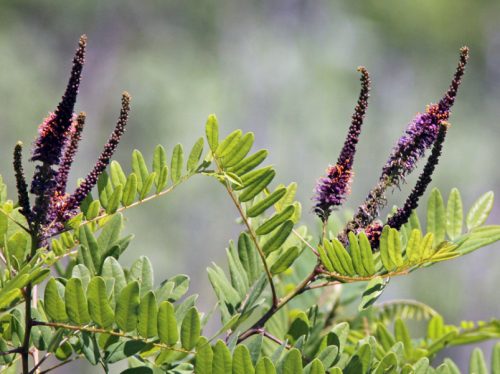
The deciduous shrub known as the “Indigo Bush” (Amorpha fruticosa) grows upright and has vivid green leaves. It is attractive to bees, butterflies, and beneficial insects with its small, fragrant, purplish-blue flowers that have protruding stamens and orange-yellow anthers. Growing well in average to wet, well-draining soils, it thrives in bright sunlight or light shade. It can grow in sandy soils that are both wet and dry.
Indian Breadroot (Pediomelum esculentum)
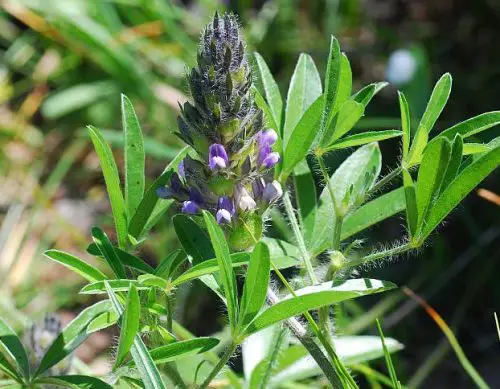
Native Americans cherished the starch-rich tuberous root of Indian Breadroot (Pediomelum esculentum), a perennial grass native to North America that can be eaten raw, roasted, or dried for the winter. It thrives in full sun and prefers well-drained soil with a rocky or sandy texture. From May to June, it produces dense spikes of purple flowers.
Italian Bellflower (Campanula isophylla)
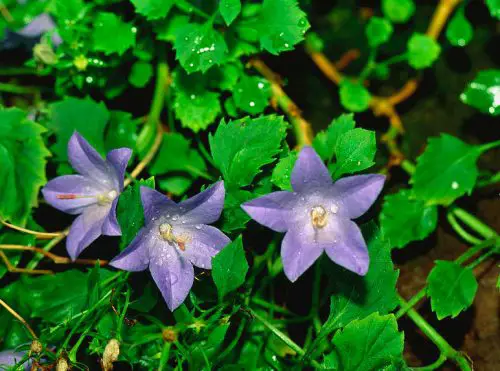
Throughout the summer, Italian bellflowers (Campanula isophylla) bloom profusely at the tips of their stems, captivating onlookers with their star-shaped blue blossoms with white centers. Every year, its spherical leaves with patterns resembling teeth remain green. It requires only well-drained soil, consistent moisture, and lots of sunlight to grow indoors.
Italian Honeysuckle (Lonicera caprifolium)
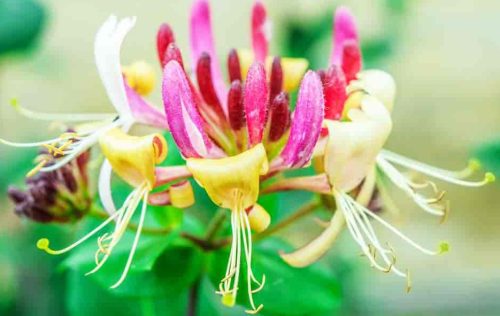
With a maximum height of 27 feet, the Italian honeysuckle, or Loxera caprifolium, is a vigorous climber of deciduous trees. Particularly in midsummer, it has an abundance of delicately pink, cream-toned flowers with a strong perfume. There are also white and yellow varieties available. It thrives in a variety of climates, though it favors sunnier, slightly warmer weather. For best root development, plant it in springtime in cool soil. Although it can tolerate partial shade as well as full sun, this honeysuckle needs lots of sunshine.
Ice Plant (Aizoaceae)
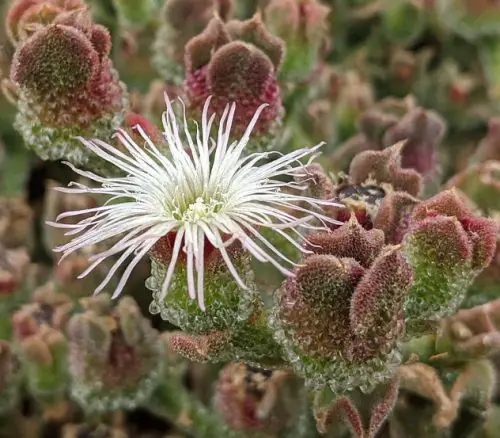
Tiny, shimmering dots on its leaves that resemble tiny ice crystals give rise to the name “Ice Plant” (Aizoaceae). Reaching 6 to 8 inches, this low-lying beauty dazzles all summer long with daisy-like purple, pink, or yellow flowers. It is a hardy, low-maintenance plant that does well in full sun; for abundant blooms, it needs at least six hours a day of direct sunlight. Keep in mind that in areas with shade, it doesn’t flower as much.
Iceland Poppy (Papaver nudicaule)
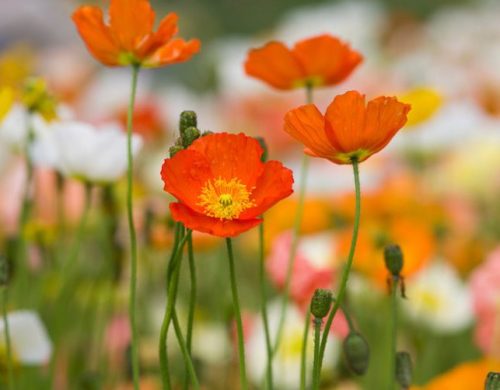
The short-lived perennial Iceland poppy (Papaver nudicaule) is prized for its large, up to 4-inch-diameter, saucer-like, delicately scented blossoms. Direct seeding into cool soil in the early spring, with a chance of frost, is advised. They do well in cooler climates, flourishing in temperatures below 70°F.
Indian Paintbrush (Castilleja)
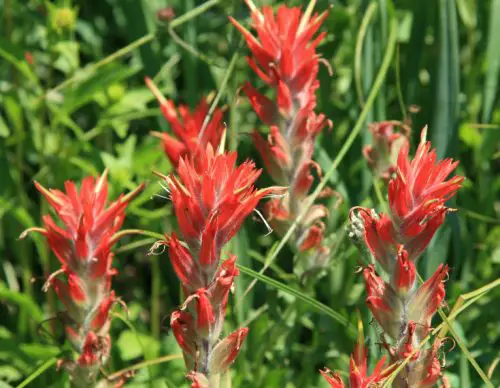
The greenish-yellow, tubular flowers in clusters atop the fuzzy, vertical stems of the Indian Paintbrush (Castilleja) add a touch of beauty to landscapes. These flowers bloom from April to July, discreetly nestled in brightly colored bracts of red, orange, or yellow. With a pH range of 5.1 to 5.5, it prefers sandy, acidic soil but can tolerate neutral environments. Keep the soil consistently damp during the first year, taking care not to water it.
Impatiens (Impatiens walleriana)
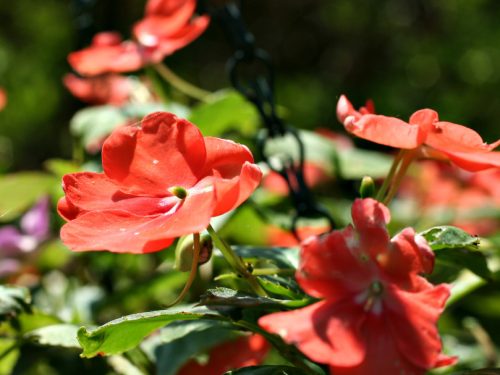
Purple, yellow, pink, red, white, and other hues abound in impatiens (Impatiens walleriana), which can be found alone or in clusters. With the meaning of “impatient,” their name alludes to the quick spread of seeds. Plant your seeds where there will be two to four hours of morning sun and afternoon shade. They grow well when shaded from strong sunlight and flourish beneath the shade of trees or close to shrubs.
Indian Blanket (Gaillardia pulchella)
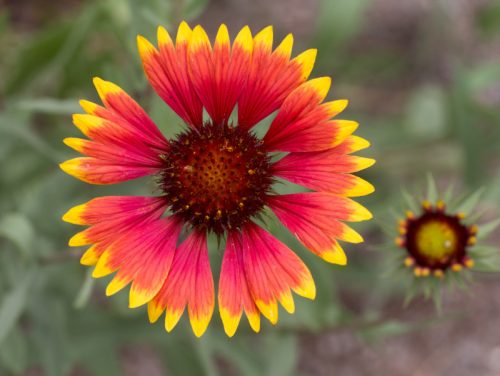
Known for its daisy-like flowers with yellow tips and red rays, Indian Blanket (Gaillardia pulchella) is an annual or short-lived perennial. Inspired by Native American blanket weaving, the bicolor disk flowers have vivid colors that gave rise to their common name. It handles well-drained, uniformly moist soil and grows well in both full sun and light shade. It can grow to a height of approximately 1.5 to 2 feet and exhibits remarkable resistance to heat, salt, and drought.
Indian Hawthorn (Rhaphiolepis indica)
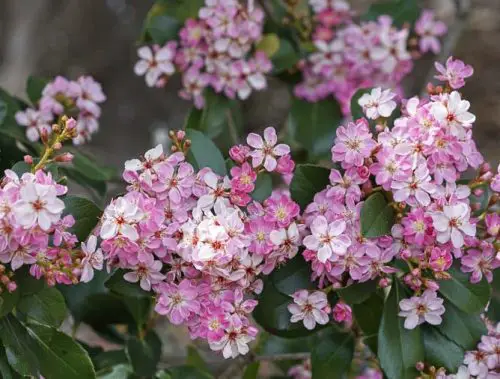
The robust, circular, broadleaf evergreen shrub known as Indian Hawthorn (Rhaphiolepis indica) grows to a height and width of 4 to 6 feet. It can withstand some shade but grows best in full sun. In the spring, it is adorned with small, fragrant white or pink flowers. Planting should be spaced 18 to 24 inches apart; good drainage is necessary but soil type shouldn’t be too strict. It’s critical to water plants adequately after planting.
Indian Pipe (Monotropa uniflora)
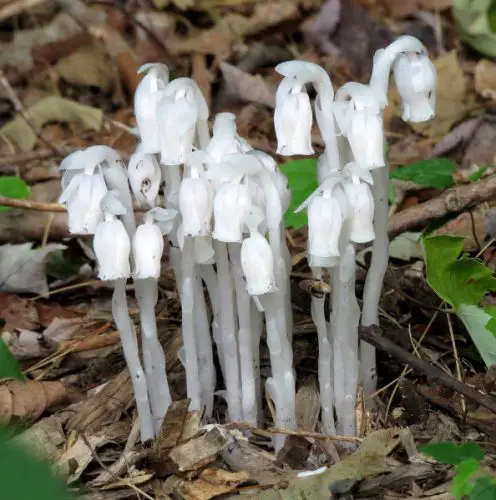
Each stem of Indian Pipe (Monotropa uniflora) has a single, divided white flower that has four or six parts. The flower, which is about 3/4 inches long and waxy, begins as a shepherd’s hook and straightens once insects have pollinated it. It grows best in damp, shaded areas with decaying organic matter and slightly acidic soil (pH 5.5 to 6.5). For best results, create garden areas with shade or grow in containers.
Indian Mallow (Abutilon indicum)
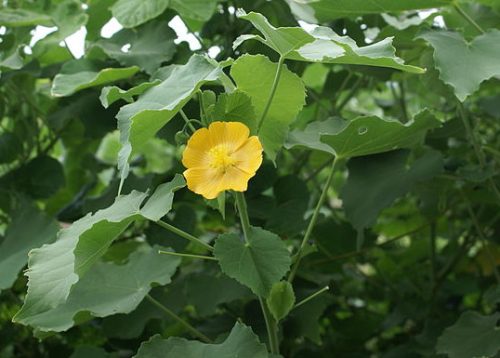
Abutilon indicum, also known as Indian Mallow, is a herbaceous plant with leaves that are serrated and a characteristic purple tint. Its one-of-a-kind, singular yellow flowers open mostly in the evening. Provide it lots of direct light every day for healthy growth, though in the summer it can tolerate some shade.
Indian Shot (Canna indica)
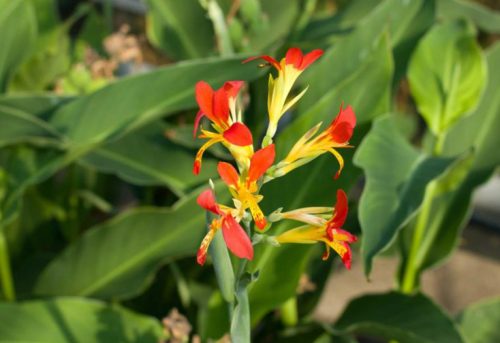
Canna indica, also known as Indian Shot, is a drought-tolerant perennial that blooms from late spring to fall in shades of red, pink, or orange. It can tolerate less fertile soil and thrives in full sun. It prefers rich, well-drained soil, but it can also adapt to different soil conditions. Weekly watering needs to be kept to a minimum. It is noteworthy for being a rhizomatous plant, which grows from a thick stem that runs parallel or horizontal to the ground.
People Who Read This Also Read:


